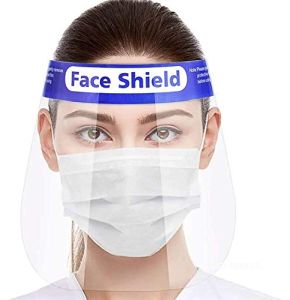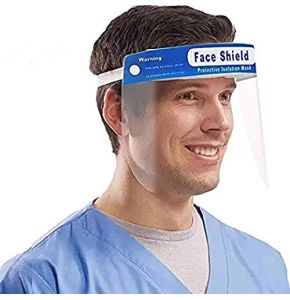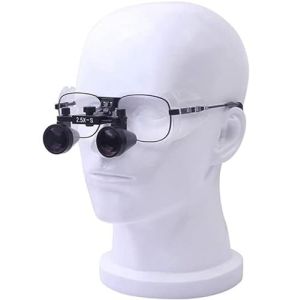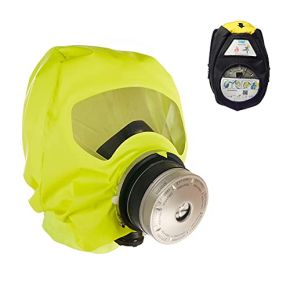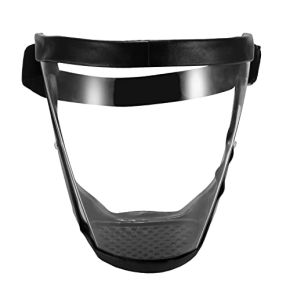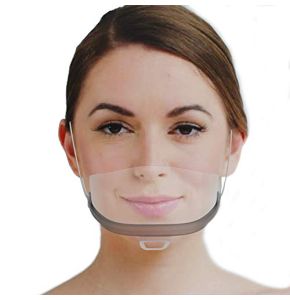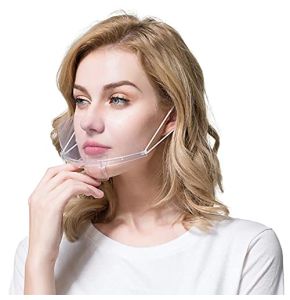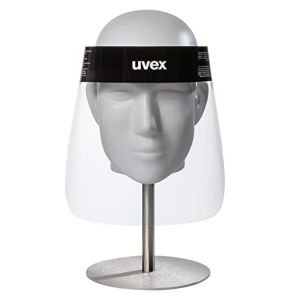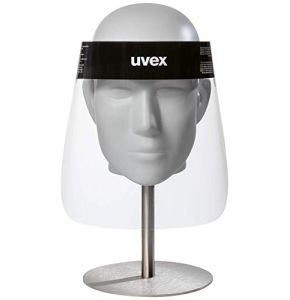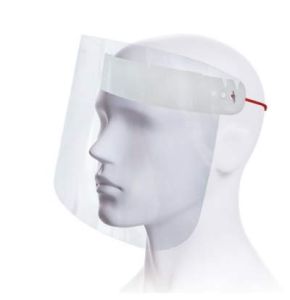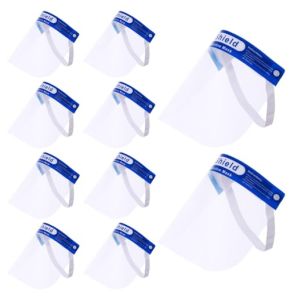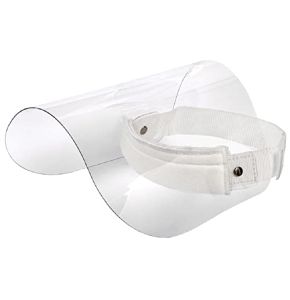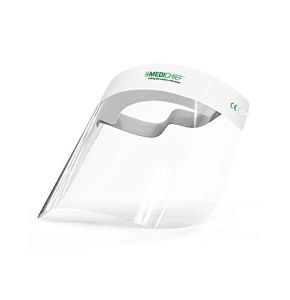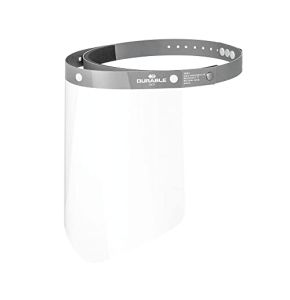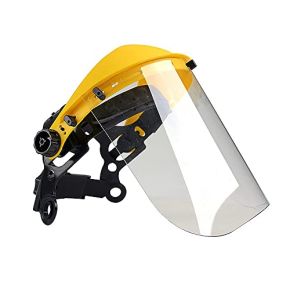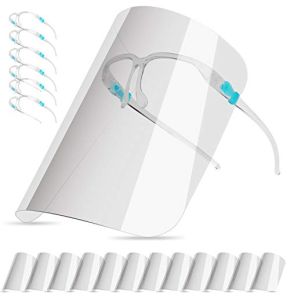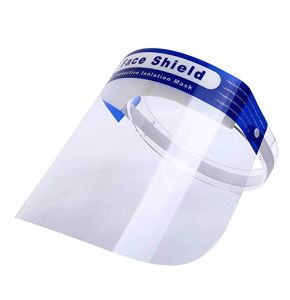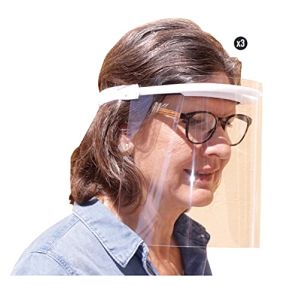Protective Visor
18/11/2024 289
18/11/2024 270
18/11/2024 223
18/11/2024 247
18/11/2024 323
18/11/2024 240
18/11/2024 333
18/11/2024 280
18/11/2024 262
Protective Visors: Your Shield Against Invisible Risks
Protective visors are essential equipment to ensure the safety of healthcare professionals. They provide an additional barrier against splashes and aerosols. In medical settings, they enhance protection during high-risk procedures. Their use helps reduce the risk of contamination and protects the face from splashes. In this category, discover how protective visors can make a difference in your daily practice.
In what contexts is the use of a protective visor essential?
Protective visors are indispensable in numerous high-risk situations. They are used during medical procedures where there is a risk of splashing biological fluids, such as surgical interventions or dental care. They are also important during epidemics, like the COVID-19 pandemic, to protect against droplets.
Protective visors are also useful in laboratories. They protect against splashes of chemical or biological substances. Professionals handling dangerous substances need this extra protection. They are also recommended for cleaning agents in hospitals.
In summary, this protective tool is essential whenever there is a risk of splashing towards the face. It offers protection that masks alone cannot provide. Therefore, it is a key component of personal protective equipment.
How do protective visors complement other personal protective equipment?
The visor works in synergy with other protective equipment. It complements the mask by protecting the eyes and the rest of the face. Masks cover the nose and mouth, but the eyes remain exposed. The visor creates a barrier against droplets and suspended particles.
It also works with protective goggles. Goggles protect the eyes but not the entire face. The visor offers broader coverage. It is lightweight and can be worn for extended periods without discomfort.
Additionally, this protective device reduces the need to touch the face. By minimizing frequent adjustments of masks or goggles, it lowers the risk of cross-contamination. Therefore, it is an essential complement for maximum protection.
What criteria should be considered when choosing a protective visor?
Choosing the right visor is important to ensure optimal safety. Here are the criteria to consider:
- Comfort: The visor should be lightweight and well-balanced. Foam at the forehead can add comfort.
- Durability: It must be resistant to impacts and scratches. Materials like polycarbonate are robust.
- Level of Protection: The visor should cover the entire face, from the forehead to the chin. It should be wide enough to protect the sides of the face.
- Transparency: Good visibility is essential. The material should be clear and free of distortion.
- Ease of Maintenance: The visor should be easy to clean and disinfect.
By considering these criteria, you can choose a protective visor that meets your needs. It will then be a valuable asset in your equipment.
How to Properly Maintain and Disinfect a Protective Visor?
Maintaining the visor is important to ensure its longevity and effectiveness. Here are the steps to follow for safe disinfection:
- Initial Cleaning: Remove dirt with warm water and mild soap. Use a non-abrasive cloth to avoid scratches.
- Disinfection: Apply a recommended disinfectant solution, such as 70% alcohol. Ensure the entire surface is covered.
- Drying: Allow the visor to air dry or use a clean cloth. Do not rub too hard to avoid damaging the material.
- Storage: Store the visor in a clean, dry place. Avoid extreme temperatures that could deform the plastic.
By following these steps, you ensure the safe reuse of your protective equipment. Regular maintenance prolongs its lifespan and maintains its effectiveness.
What are the best practices for integrating protective visors into the daily routine?
Integrating protective visors into the daily routine requires adaptation. Here are some tips to achieve this:
- Training: Learn how to properly put on and remove the visor. Incorrect handling can reduce its effectiveness.
- Work Habits: Adapt your movements to avoid touching the visor. Be mindful of its presence to prevent accidents.
- Communication: Discuss best practices with your colleagues. Share tips to improve comfort and safety.
- Evaluation: Regularly reassess your use of the visor. Ensure it still meets your needs.
By adopting these practices, the protective visor becomes an integral part of your equipment. It then effectively contributes to your workplace safety.
On Placemed, we offer a range of protective visors tailored to all needs. Whether you are looking for a medical visor for intensive use or a protective visor for occasional interventions, you will find the product that suits you. Our visors combine comfort, durability, and effectiveness to provide you with the best possible protection.
Don't wait to enhance your personal protective equipment. The protective visor is an investment in your safety and that of your patients. Explore our selection now and choose quality with Placemed.
 Francais
Francais 
